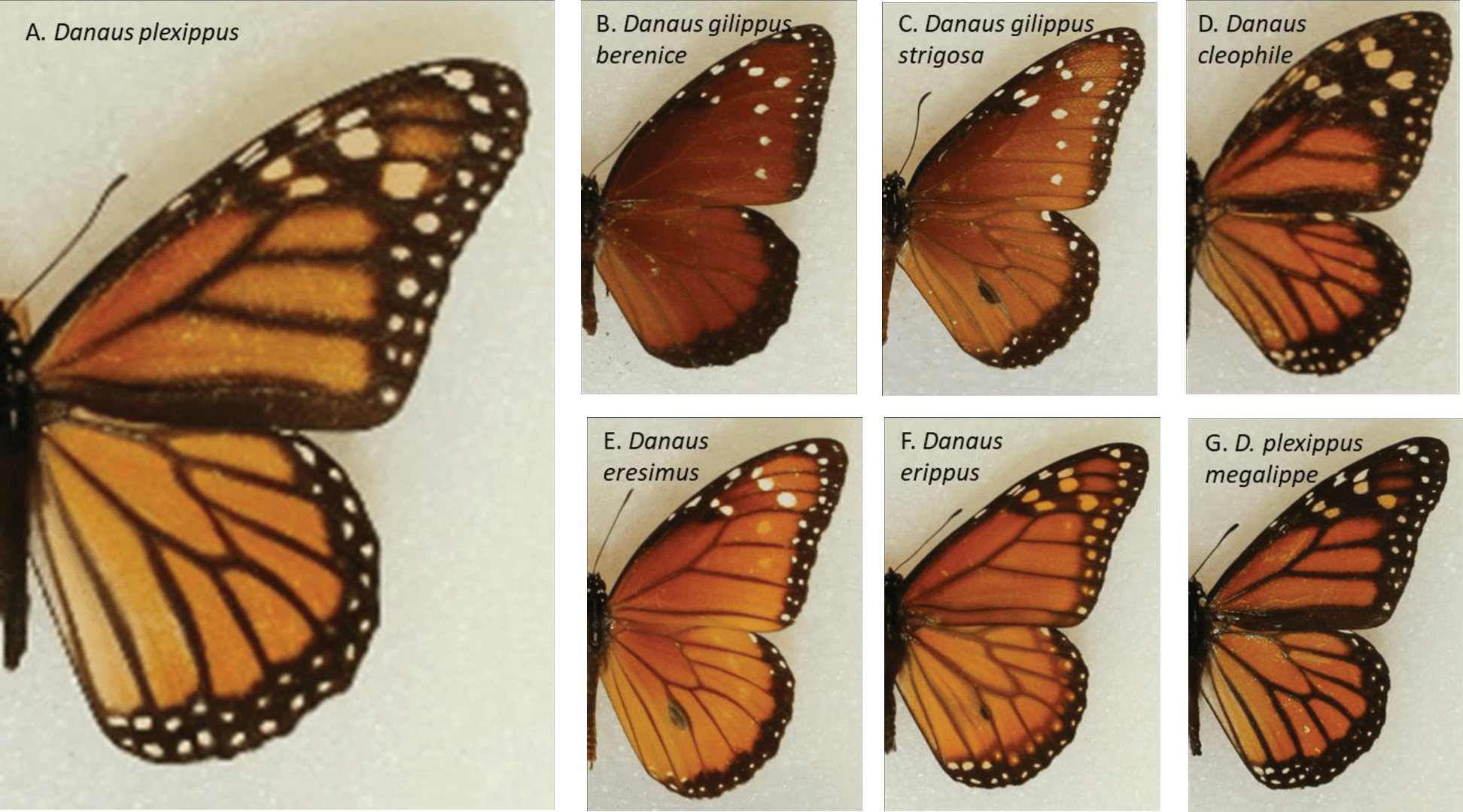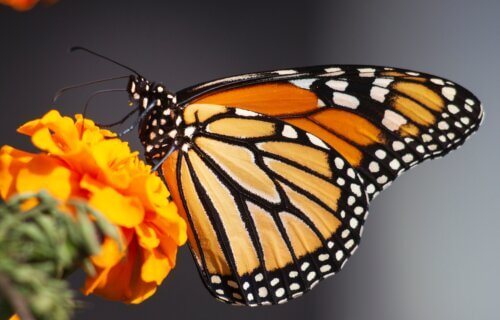ATHENS, Ga. — White spots on monarch butterfly wings may help them fly better during long migration from Canada to Mexico, new research shows. This discovery sheds light on one of nature’s most remarkable journeys.
The narrative of how the monarch received its spots may appear as though it’s from one of Rudyard Kipling’s Just So Stories. However, the research indicates that butterflies with a larger number of spots are more adept at reaching their wintering destination. These spots are believed to alter the airflow patterns around the monarch’s wings, enhancing their flight efficiency. Remarkably, monarchs are the only insects known to embark on such an extensive journey.
“We undertook this project to learn how such a small animal can make such a successful long-distance flight,” says lead researcher Dr. Andy Davis of the University of Georgia, in a media release. “We actually went into this thinking that monarchs with more dark wings would be more successful at migrating because dark surfaces can improve flight efficiency. But we found the opposite.”
This awe-inspiring insect migrates over 3,000 miles from various locations across North America to hibernate in the oyamel fir trees within mountain forests. The mechanism by which an animal with a brain the size of a poppy seed navigates to this specific location has intrigued ecologists for years. Remarkably, monarchs with less black and more white spots on their wings were those who successfully reached their ultimate destination in south and central Mexico.

In the study, the research team examined approximately 400 wild monarch wings collected at different stages of their journey. The findings suggested that successful migrant monarchs had roughly three percent less black and three percent more white on their wings. A secondary analysis of museum specimens, including monarchs and six other butterfly species, revealed that the migrating monarchs had significantly larger white spots compared to their non-migratory counterparts.
The butterflies’ coloring may be related to the amount of radiation they absorb during their journey. Given the monarchs’ longer journey, they are exposed to more sunlight and hence have evolved to have more white spots.
“The amount of solar energy monarchs are receiving along their journey is extreme, especially since they fly with their wings spread open most of the time. After making this migration for thousands of years, they figured out a way to capitalize on that solar energy to improve their aerial efficiency,” states Dr. Davis.
However, with the escalating global temperatures altering the solar radiation reaching the Earth’s surface, the monarchs will likely need to adapt for survival.
“With greater solar intensity, some of that aerial efficiency could go away. That would be yet one more thing that is hindering the species’ fall migration to Mexico,” says. Dr. Davis.
Previous research suggested that the population of summer monarchs has remained relatively stable over the past quarter-century. This indicates that the species’ population growth during the summer offsets the butterfly losses due to migration, winter weather, and changing environmental factors.
“The breeding population of monarchs seems fairly stable, so the biggest hurdles that the monarch population faces are in reaching their winter destination. This study allows us to further understand how monarchs are successful in reaching their destination,” concludes Dr. Davis.
The findings are published in the journal PLOS ONE.
South West News Service writer Mark Waghorn contributed to this report.

Interesting article. But how did researchers really discovered, more white spots, better chances to reach their destination? I raised 30 Monarchs this year, my 4th so far, and they all had many white spots like the one in the article’s, just beautiful and mostly females.
Article seems to suggest individual Monarchs travel the entire 3000 mile journey. I’ve read research that states they stop along the way and reproduce. Taking 5 generations to reach their destination. The brain may be “the size of a poppy seed” but contains magnetite which gives a navigational signal that guides them to the locations where they spend the winter.
Absolutely fascinating! Here in Hawaii we
see on rare occasion a White Monarch . It is a morph. (?) specific to the Big Island . On other islands there are specific colored Monarchs that are unique in their colors.
All (? )have the same number of white spots surrounded by black . I would note the enclosed photo is clearly a male . Thank you
Andy Davis .Aloha, J.Porter
Fascinating. Here we have the rare White Monarch. Other islands have different morphs…Thank You Andy Davis. Aloha.
J. Porter
I live in the NorthEast where I used to se 100’s of Monarchs each summer. This year, I’ve only seen one.. last year 5